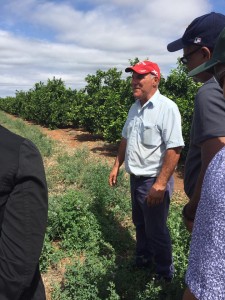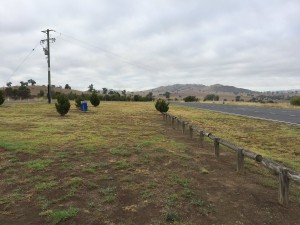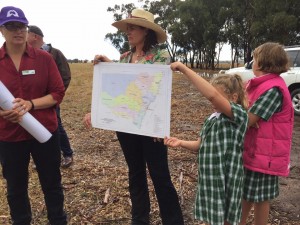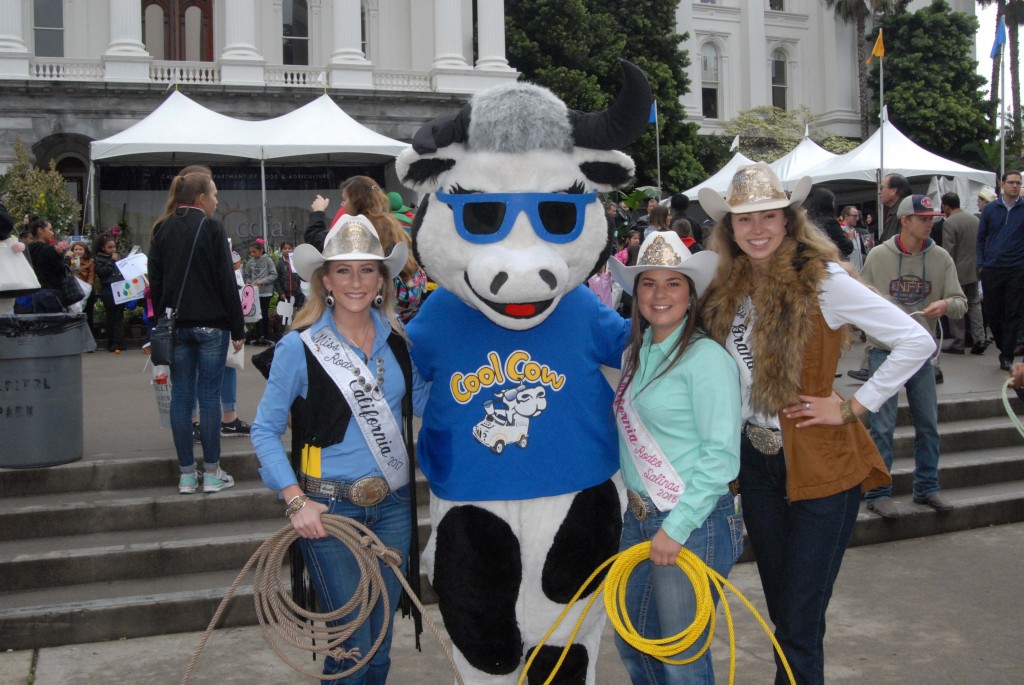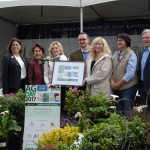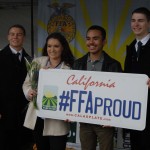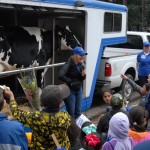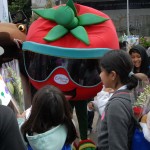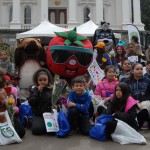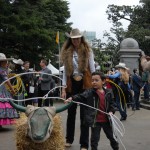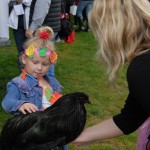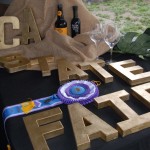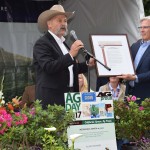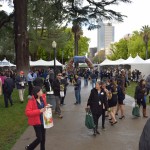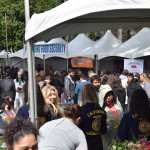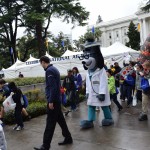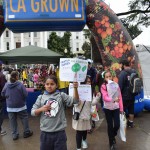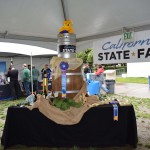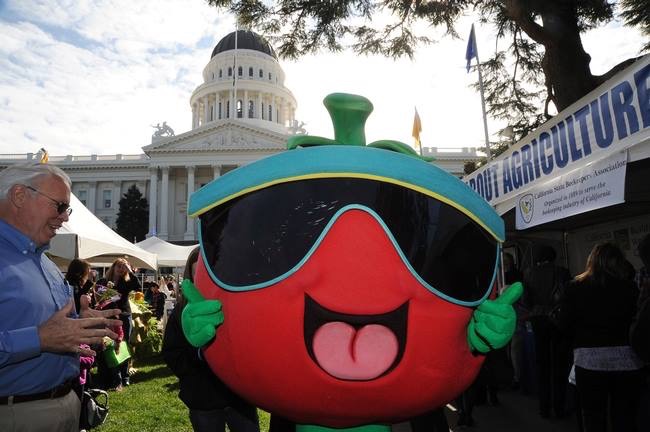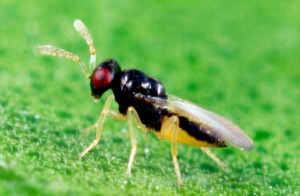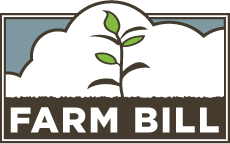 CDFA is in the midst of preparing California’s recommendations for the 2018 Farm Bill. The Farm Bill is renewed every five years and serves as the policy guideline for food and farming in the United States. The legislation touches all of us in numerous ways, as this series of blog posts will explain in greater detail.
CDFA is in the midst of preparing California’s recommendations for the 2018 Farm Bill. The Farm Bill is renewed every five years and serves as the policy guideline for food and farming in the United States. The legislation touches all of us in numerous ways, as this series of blog posts will explain in greater detail.
The Farm Bill affects well-being of families across the country, including right here in California, by helping to facilitate access to nutritious foods. With the support of the Farm Bill, California is committed to increasing food access for our most vulnerable and food-insecure communities. According to some estimates, up-to 20 percent of Californians are at risk of food insecurity, including more than two-million children, and more than one-million residents live in “food deserts,” where they lack access to basic grocery stores stocked with fresh fruits and vegetables. As the country’s largest producer of specialty crops, we must work to change that. Two titles in the Farm Bill – Nutrition and Horticulture – are helping us reach this goal.
Nutrition
The first of these titles is Title 4, or the Nutrition title. As the largest piece of the Farm bill pie (Nutrition accounts for over 80 percent of Farm Bill spending), the Nutrition title creates the Supplemental Nutrition Assistance Program, or SNAP. SNAP is the country’s largest food safety net program, and it helps millions of American families. In California, SNAP is known as CalFresh, and it provides nearly 4.2 million Californians with benefits. This support program also stimulates the economy. According to the USDA, every dollar invested in SNAP generates $1.79 in economic activity. Alongside SNAP, the Nutrition title also provides:
- $200 million for job training to help Americans get back on their feet
- $125 million for the Healthy Food Financing Initiative to help bridge the gap between underserved communities and healthy food retailers
- $100 million in incentives to increase fresh fruit and vegetable purchases
- An additional $250 million for the Emergency Food Assistance Program to help low- income families and senior citizens access food.
Specialty Crops
Numerous studies suggest that lack of access to fresh fruits and vegetables (specialty crops) can result in negative health impacts, including higher rates of diabetes and obesity. Through the Horticulture title, Title 10, the Farm Bill provides California with the support it needs for growth in the specialty crops sector through a variety of approaches, including the creation of promotional programs.
One example of this is “California Food for California Kids: Promoting California Grown Fruits and Vegetables in Summer Meals”. This program, established through the Specialty Crop Block Grant Program(SCBGP), promotes the quality and benefits of healthy, freshly prepared meals made with California grown fruits and vegetables. Specialty crop programs receive:
- $30 million to increase the consumption of locally and regionally produced agricultural products
- $72.5 million to the SCBGP to support marketing, pest management and food safety efforts
- $11.5 to the Organic Cost Share program to assist organic producers in their certification efforts
Both of these Farm Bill titles are instrumental in ensuring that Californians as well as all Americans have access to nutritious, safe and healthy food. California is the country’s number-one producer of specialty crops. Our farmers and ranchers are committed to producing fresh fruits, nuts and vegetables that have positive impacts for our families.



